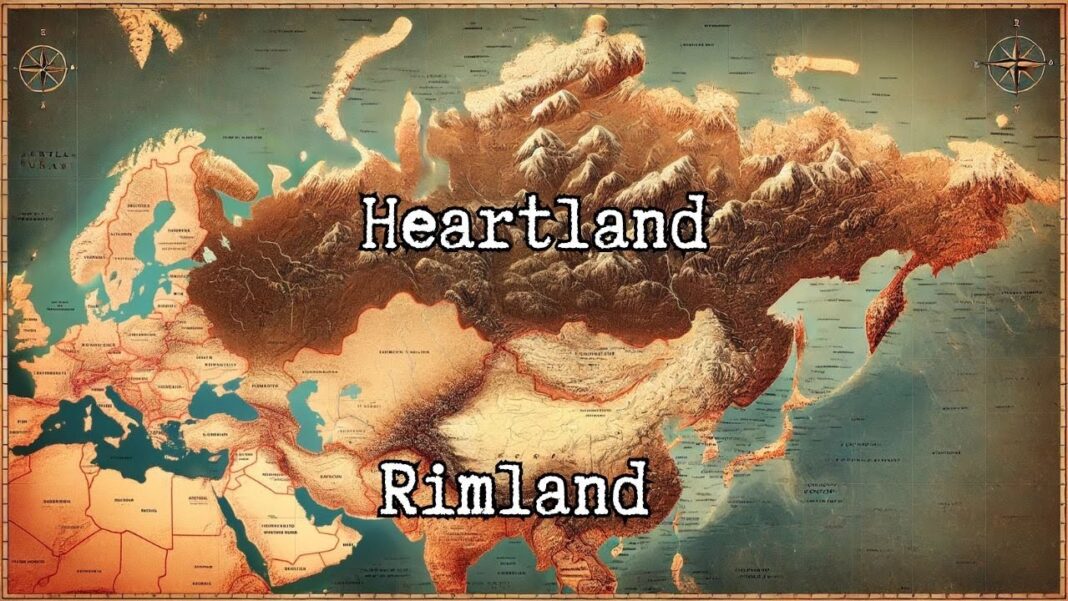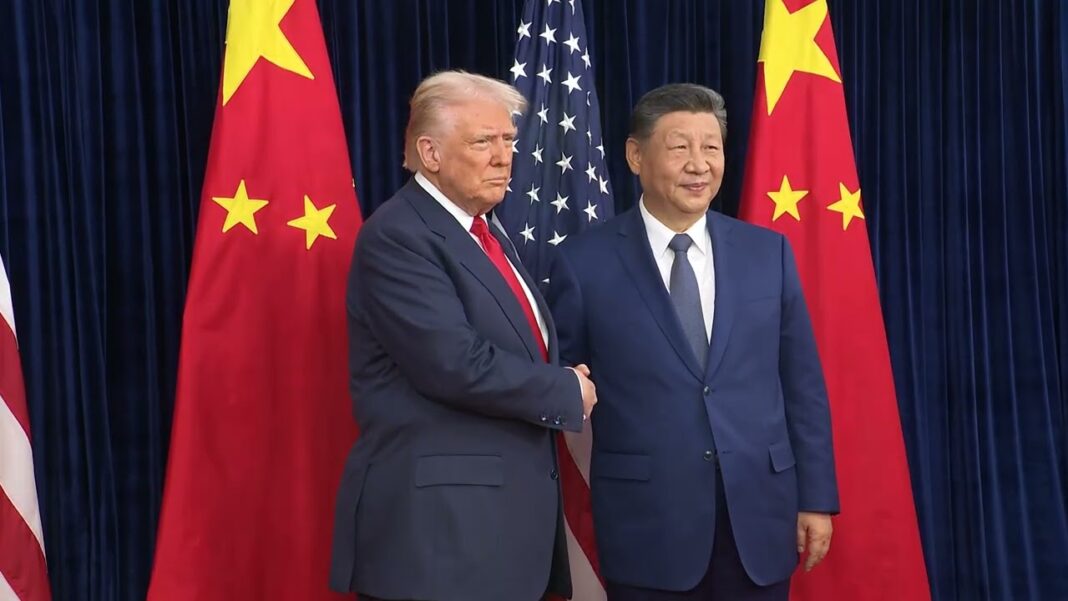The US is sending mixed signals about the Sino–Russo Entente, which was strengthened by the Power of Siberia 2 gas pipeline deal, after Trump said in September that he’s “not concerned” about it while Secretary of War Pete Hegseth claimed that he ordered him to “re-establish deterrence” against them. As was argued here, “Trump 2.0’s Eurasian Balancing Act Has Failed” largely as a result of this development, which importantly involved India’s tacit approval amidst its rapprochement with China.
Far from remaining divided, principally as regards China and India with all the complications that their continued rivalry would entail for Russia’s own balancing act, Eurasia’s three most powerful civilization-states are increasingly coming together to revive their dormant Russia-India-China (RIC) format. This platform is significant on its own but it’s also crucially the core of BRICS and the SCO, which play complementary roles in gradually transforming global governance as explained here.
These RIC-accelerated multipolar processes can’t be countered through direct military force, however, but the way in which the Pentagon might try to slow everything down is through provoking arms races. NATO’s, Pakistan’s, and the “Asian/Containment Crescent’s” (Japan-Taiwan-Philippines) US-backed military buildups (partial in Pakistan’s case) could help achieve this vis-à-vis Russia, India, and China as could reinforced US military presences (or a formal return in Pakistan’s case) in each.
Likewise, the “Golden Dome”, intermediate-range missile deployments in their regions, and more militarization of outer space can place additional pressure on Russia and China to this end, though these moves could also backfire by enhancing those two’s military-technical coordination too. To be clear, Russia and China aren’t allies that would go to war for one another, but their shared military-security and strategic interests raise the chances that they’ll provide support for the other during wartime.
China has thus far eschewed sending military-technical aid to Russia due to its complex interdependence with the West, but Trump’s tariff war, his accusation that President Xi Jinping is “conspiring” against the US, and the Pentagon’s plans for the “Asian/Containment Crescent” might prompt a recalculation. In a similar spirit, Russia might become comfortable sharing cutting-edge military-technical knowledge with China to counterbalance US moves in Japan, which could extend to their shared North Korean ally too.
Although the lion’s share of Pakistan’s military-technical equipment comes from China, the US might break into this market if Chinese exports decrease due to the Sino-Indo rapprochement, which could also lead to a decrease in American exports to India and the need to replace them with exports to Pakistan. Russia might even regain its traditional role as India’s top supplier by far if exports to it spike in response to more US exports to Pakistan in a de facto revival of the region’s Old Cold War-era military dynamics.
All of these strategic dynamics set the stage for a security dilemma between the Eurasian Rimland (NATO, Pakistan, and the “Asian/Containment Crescent”) and the Eurasian Heartland (RIC) instigated by the US in order to “re-establish deterrence” vis-à-vis the Sino-Russo Entente. The purpose is to pressure one of them or their shared Indian partner into capitulating to the US so as to then more effectively divide-and-rule the supercontinent. This hegemonic plot will define Eurasia’s 21st-century geopolitics.








